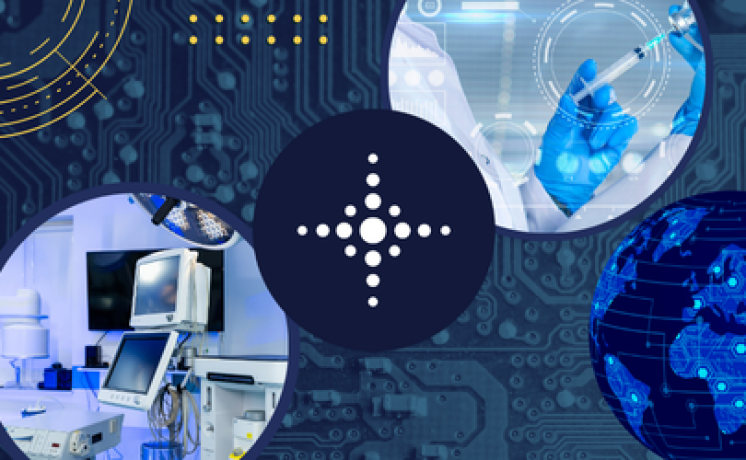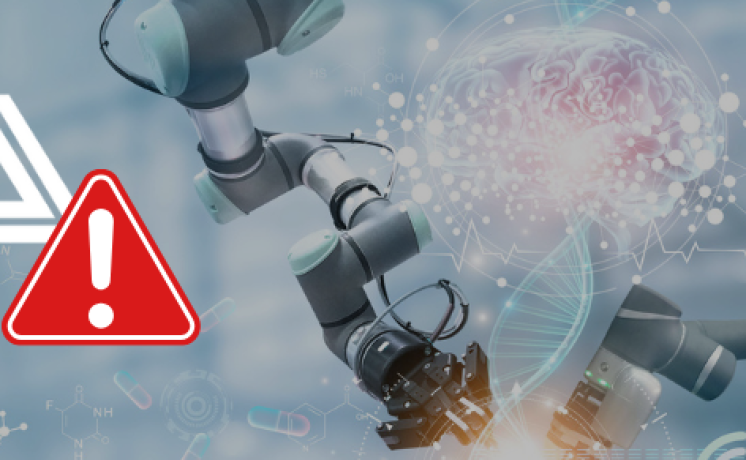To ensure the safety, quality, and reliability of manufacturing processes, life sciences organizations must adhere to industry-specific regulations and guidelines.
GAMP (Good Automated Manufacturing Practice) is a set of guidelines from the International Society for Pharmaceutical Engineering (ISPE) to ensure that automated systems used in pharmaceutical manufacturing are properly validated and compliant with regulatory requirements, such as those from the U.S. Food and Drug Administration (FDA) and the European Medicines Agency (EMA).
Note, GAMP 5 is the fifth version of the GAMP guide and the second edition was published in July 2022.
Key Aspects of GAMP 5
GAMP 5 is widely used in industries such as pharmaceuticals, biotechnology, and medical devices to ensure compliance with regulatory standards for computerized systems.
Key aspects of GAMP 5 include:
- Risk-Based Approach. The focus is on identifying and mitigating risks related to product quality and patient safety. Systems that have a higher potential impact on these areas are subject to more stringent validation.
- Lifecycle Approach. Emphasizes the validation of computerized systems throughout their entire lifecycle, from concept and design through decommissioning.
- Flexible Approach. It allows for scalability; the effort you put into validation can be proportional to the complexity and risk of the system in question.
- Supplier and Service Provider Involvement. GAMP 5 recognizes the importance of working with suppliers and service providers to ensure their systems meet regulatory and quality requirements.
- Data Integrity. Emphasizes ensuring the integrity, availability, and confidentiality of data, which particularly critical in environments such as pharmaceutical manufacturing.
How CSA Relates to GAMP 5
While GAMP 5 has long been the standard for validating computerized systems in the life sciences industry, Computer Software Assurance (CSA) complements and updates this approach, especially in light of newer technologies and the increasing role of automation and artificial intelligence (AI).
Introduced by the FDA, CSA is a modernized approach that uses a risk-based, critical thinking framework for validating computerized systems. It intends to streamline the validation process, focus on system quality and functionality, and reduce unnecessary documentation and testing efforts.
Comparisons of CSA and GAMP 5 include:
- Risk-Based Approach. CSA and GAMP 5 focus efforts toward the greatest potential impact on patient safety, product quality, and data integrity. CSA emphasizes critical thinking to determine how much validation is necessary based on the system’s risk.
- Efficiency and Streamlining. CSA seeks to reduce “non-value-added” activities, whereas GAMP 5 traditionally involves comprehensive documentation and testing. CSA leverages automation and tools like continuous validation, which is made possible with modern cloud-based systems. CSA helps reduce over-documentation that often accompanies GAMP 5 practices.
- Critical Thinking. CSA encourages the use of critical thinking to decide which software systems may or may not require rigorous validation. GAMP 5, while also risk-based, might be interpreted as needing exhaustive documentation. CSA helps you think through the impact and risk of the system and thereby optimize effort.
- Automation and Testing. CSA supports the use of automation and advanced technologies to handle software assurance. GAMP 5 doesn’t exclude automation but does not put a heavy focus on it.
- FDA Regulatory Compliance. CSA is driven by FDA initiatives and is aligned with their efforts to modernize validation processes. GAMP 5 is an industry standard used globally for compliance, and CSA works within that framework to meet regulatory expectations with more flexibility.
Summarizing the Differences
GAMP 5 focuses on a structured, lifecycle-based validation process with a strong emphasis on documentation and risk management.
CSA encourages critical thinking, automation, and reducing unnecessary validation efforts to comply with FDA regulations. It modernizes and refines GAMP 5 practices to make validation more efficient without compromising system quality or compliance.
How USDM Can Help
USDM’s computer system validation (CSV) and computer software assurance (CSA) methodologies align with GAMP best practices.
- Regulatory Strategy Operations
- Regulatory and Clinical Strategy
- Lifecycle Management
- FDA/Agency Meeting Preparation
- Project Management
- Process Improvement & Implementation
- Data Integrity Remediation
- Quality Systems Design, Strategy, and Implementation
- Data Integrity
- Support to Implement New/Revised Standards & Regulations
- FDA/EMA/Health Authority Agency Intelligence
- Coordination with Regulatory Counsel
- Third-Party Support
- Interim Executive Leadership
- Interim Executive Staffing
- Interim Subject Matter Experts & Staffing
- Staff Training
- Auditing and Assessment
- Supplier Assessments
Contact USDM today for help modernizing your validation efforts.




